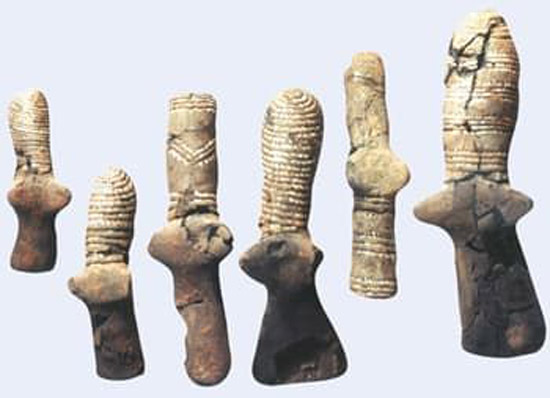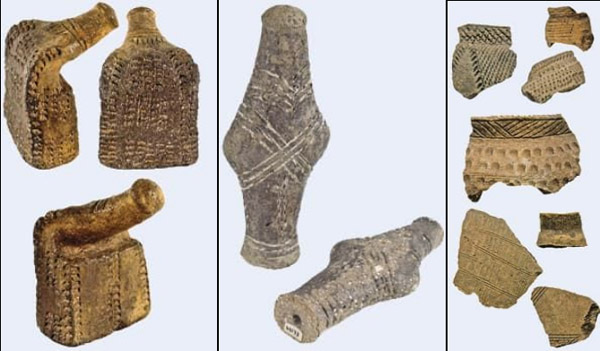Usatove culture
Usatove culture [Усатівська культура; usativska kultura]. An Eneolithic culture of the late 4th millennium BC that existed in southwestern Ukraine along the lower Dnister River and the area near the Dnister Estuary. It takes its name from a site excavated by Mykhailo Boltenko in Odesa oblast in 1921. Although classified as a late Trypillia culture, the Usatove culture had developed enough distinctive cultural traits through contact with steppe tribes, Subcaucasia, and the Mediterranean world to be considered a separate archeological entity. Its people engaged in animal husbandry and fishing and (to a lesser degree) agriculture. Excavations at sites revealed surface dwellings with stone walls, pottery with corded and painted ornamentation, earthenware figurines of women, and copper weapons and adornments. Eighteen Usatove kurhans, surrounded by cromlechs, have been unearthed. The deceased were buried in a flexed position on their sides; tribal leaders were in the central chambers of the structures. Common grave goods included weapons and adornments.
[This article originally appeared in the Encyclopedia of Ukraine, vol. 5 (1993).]

